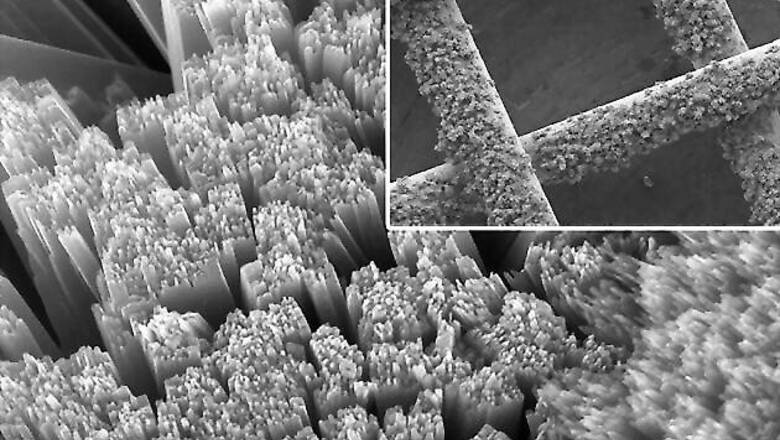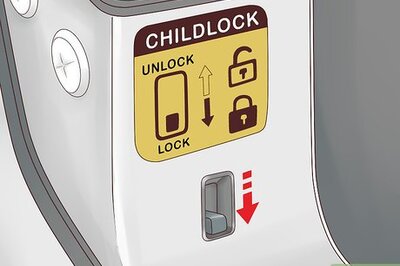
views
Washington: US scientists have developed the world's first solar battery which recharges itself using air and light.
Ohio State University reserachers developed the solar battery by combining a battery and a solar cell into one hybrid device.
Researchers said the key to the innovation is a mesh solar panel, which allows air to enter the battery, and a special process for transferring electrons between the solar panel and the battery electrode.
Inside the device, light and oxygen enable different parts of the chemical reactions that charge the battery.
The solar battery will be licensed to industry, where it will help tame the costs of renewable energy.
"The state of the art is to use a solar panel to capture the light, and then use a cheap battery to store the energy.
We've integrated both functions into one device. Any time you can do that, you reduce cost," said Yiying Wu, professor of chemistry and biochemistry at Ohio State.
The invention also solves a longstanding problem in solar energy efficiency, by eliminating the loss of electricity that normally occurs when electrons have to travel between a solar cell and an external battery.
Typically, only 80 per cent of electrons emerging from a solar cell make it into a battery.
With this new design, light is converted to electrons inside the battery, so nearly 100 per cent of the electrons are saved.
For the study, doctoral student Mingzhe Yu designed a permeable mesh solar panel from titanium gauze, a flexible fabric upon which he grew vertical rods of titanium dioxide like blades of grass. Air passes freely through the gauze while the rods capture sunlight.
Normally, connecting a solar cell to a battery would require the use of four electrodes, the researchers explained.
Their hybrid design uses only three.
The mesh solar panel forms the first electrode. Beneath, the researchers placed a thin sheet of porous carbon (the second electrode) and a lithium plate (the third electrode).
Between the electrodes, they sandwiched layers of electrolyte to carry electrons back and forth.
During charging, light hits the mesh solar panel and creates electrons. Inside the battery, electrons are involved in the chemical decomposition of lithium peroxide into lithium ions and oxygen.
The oxygen is released into the air, and the lithium ions are stored in the battery as lithium metal after capturing the electrons.
When the battery discharges, it chemically consumes oxygen from the air to re-form the lithium peroxide.
An iodide additive in the electrolyte acts as a "shuttle" that carries electrons, and transports them between the battery electrode and the mesh solar panel.
The research is published in the journal Nature Communications.



















Comments
0 comment